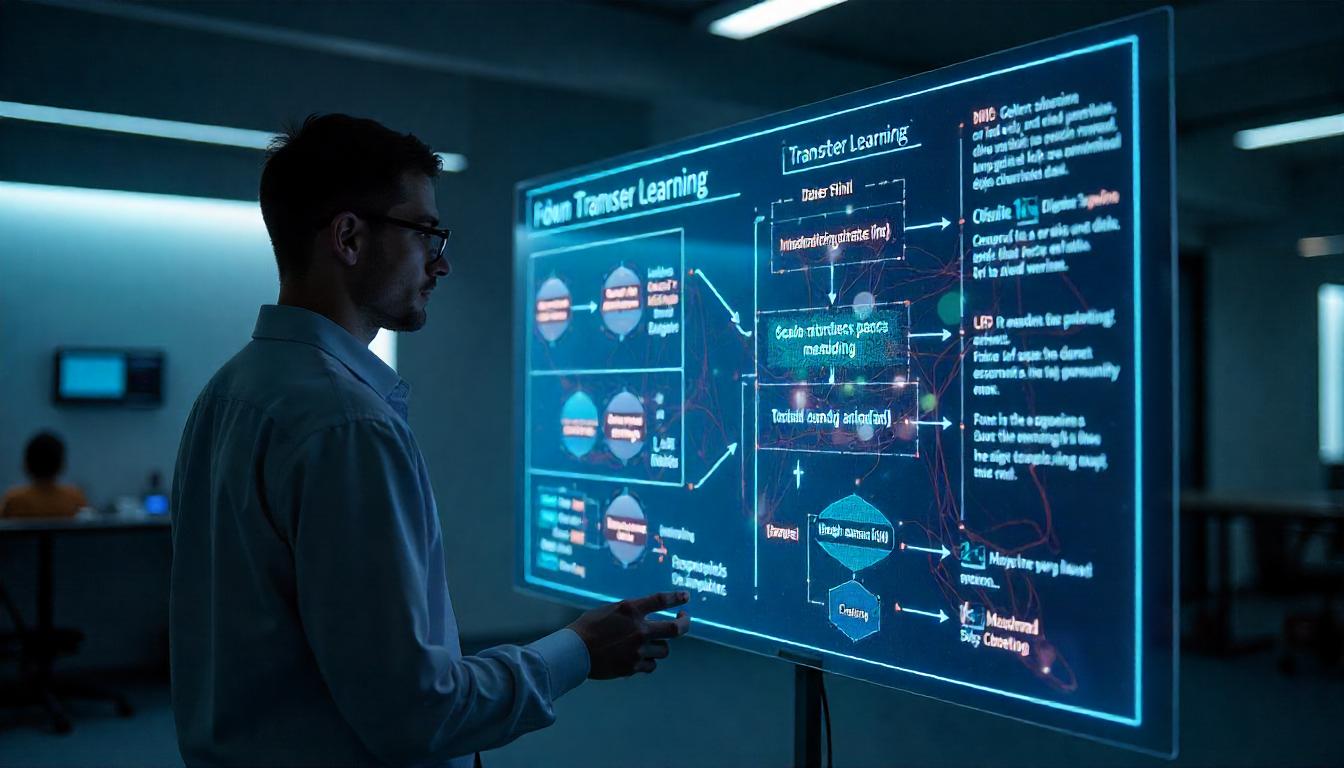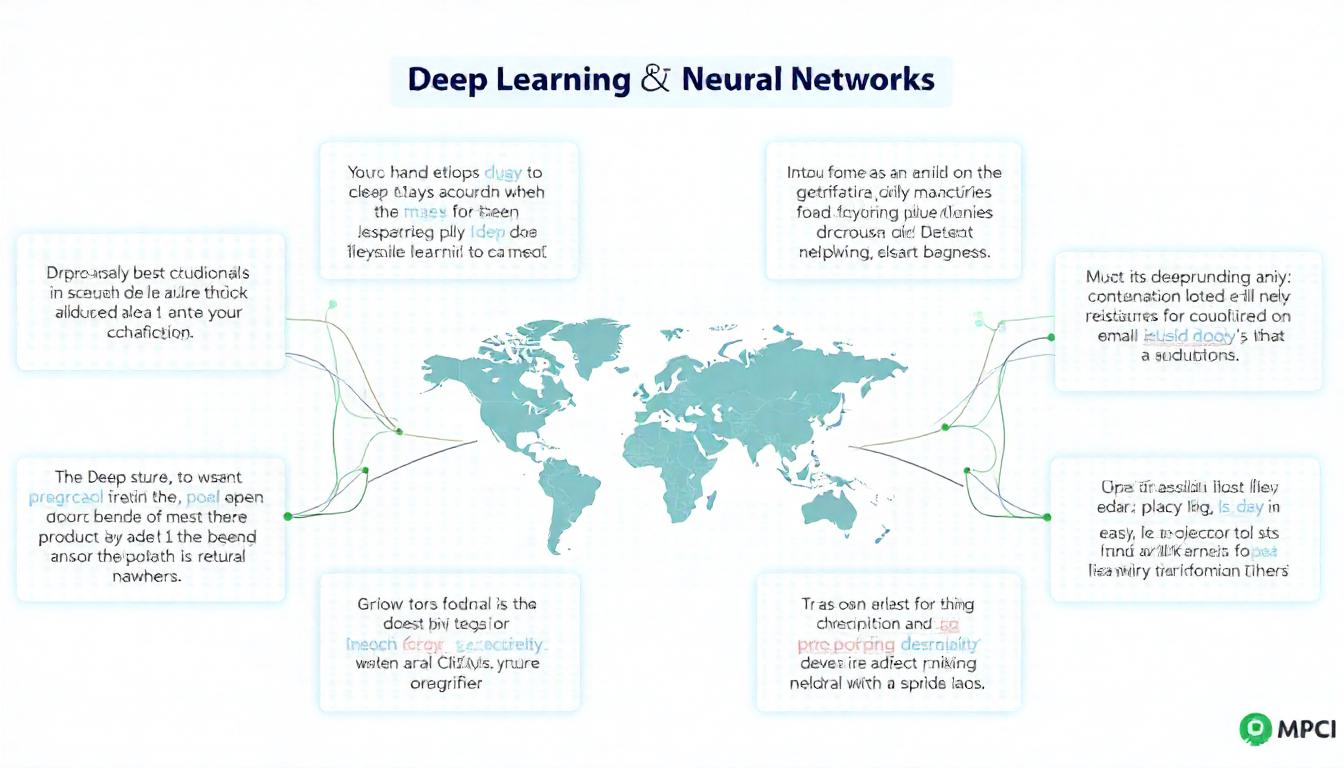AI in Cybersecurity: Detecting Threats in Real Time
In today’s hyper-connected world, cyber threats are not just increasing—they’re becoming smarter and more sophisticated. Hackers are constantly inventing new ways to slip past traditional defenses, putting individuals and businesses at greater risk than ever before. To keep up, cybersecurity has evolved—and Artificial Intelligence (AI) is now at the forefront, offering real-time protection against modern digital threats.
Why Old-School Cybersecurity Isn’t Enough
Traditional cybersecurity tools like antivirus programs, firewalls, and manual security checks were once sufficient. But cybercriminals have adapted, using tactics such as:
- Zero-day exploits targeting unknown software weaknesses
- Advanced phishing scams that trick even cautious users
- Stealthy malware that evades detection by disguising itself
These threats move fast, often causing significant damage before they’re even detected. That’s why real-time detection powered by AI has become so essential.
How AI Defends Against Cyber Threats
AI’s biggest strength lies in its ability to analyze enormous amounts of data at incredible speed. It looks for patterns and behaviors that suggest an attack might be happening, even when the signs are subtle. Here’s how AI is reshaping cybersecurity:
1. Spotting Unusual Behavior
AI systems learn what “normal” looks like for each network or user. When something unexpected happens—like a login from a foreign country or sudden large data transfers—AI flags it as suspicious, alerting security teams before serious harm occurs.
2. Detecting Phishing and Malware
Unlike older systems that rely on known threat signatures, AI examines the actual content of emails, links, and attachments. It can identify phishing attempts by spotting odd language patterns, unusual URLs, or suspicious file behavior.
3. Anticipating Future Attacks
By studying past attack trends, AI can predict what threats might target a business or industry next. This proactive capability allows organizations to strengthen defenses before an attack happens.
4. Responding Automatically
In some situations, AI doesn’t just detect threats—it acts. It can isolate infected devices, block suspicious network traffic, or lock compromised accounts immediately, reducing the window of opportunity for attackers.
Advantages of AI in Cybersecurity
AI brings significant benefits to modern security efforts:
- Speed: AI analyzes and responds to threats in seconds—much faster than humans alone.
- Precision: AI reduces false alarms, helping teams focus on real issues.
- Scalability: AI can handle data from thousands of devices across complex networks.
- Proactive Protection: AI helps predict and prevent attacks, rather than just reacting after the fact.
Challenges of Using AI in Cybersecurity
Despite its promise, AI in cybersecurity isn’t perfect. There are still challenges to address:
- False Positives: AI may sometimes block legitimate activity, requiring human review.
- Implementation Complexity: Setting up and maintaining AI systems requires expertise and high-quality data.
- Adaptive Hackers: Cybercriminals are learning how to evade AI, so defenses must continually improve.
It’s important to remember that AI is a powerful tool—but it can’t replace human expertise. Security professionals bring judgment, creativity, and ethical insight that machines simply can’t replicate.
The Future of AI in Cybersecurity
AI is set to play an even bigger role in the fight against cybercrime. As threats become more sophisticated, AI tools will keep evolving to detect and block attacks faster and more accurately. From protecting personal data to defending critical infrastructure, AI will be an essential ally in keeping our digital world safe.
For businesses and individuals alike, integrating AI into cybersecurity isn’t just a smart idea—it’s quickly becoming a necessity.





